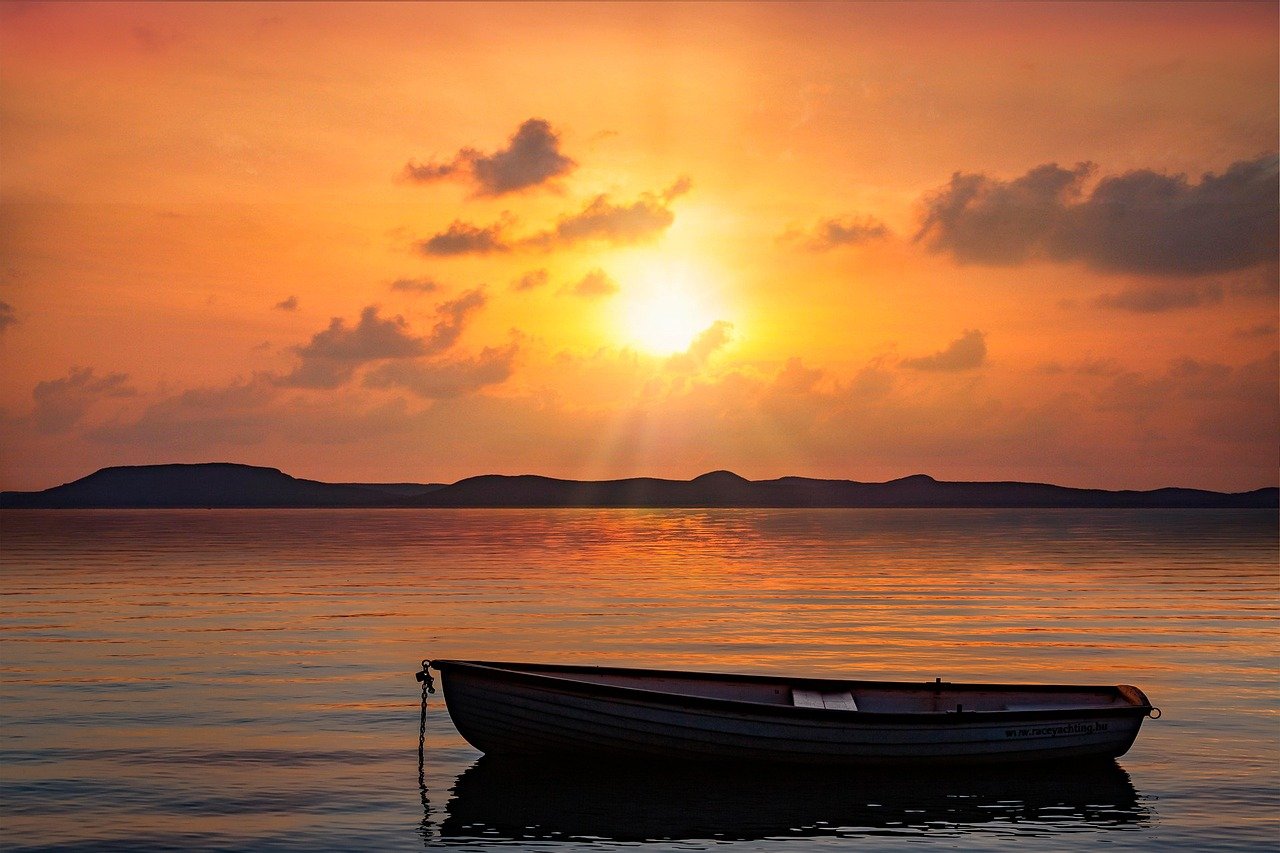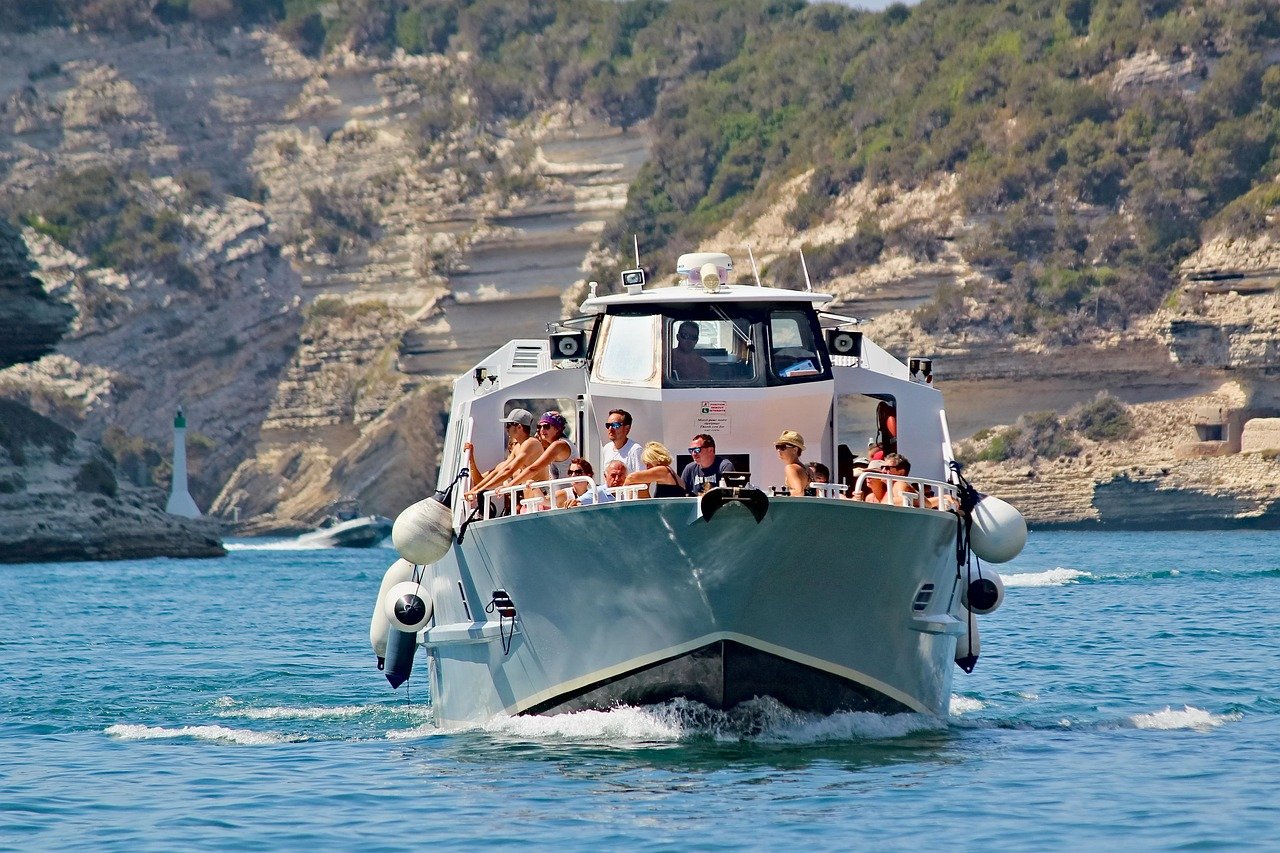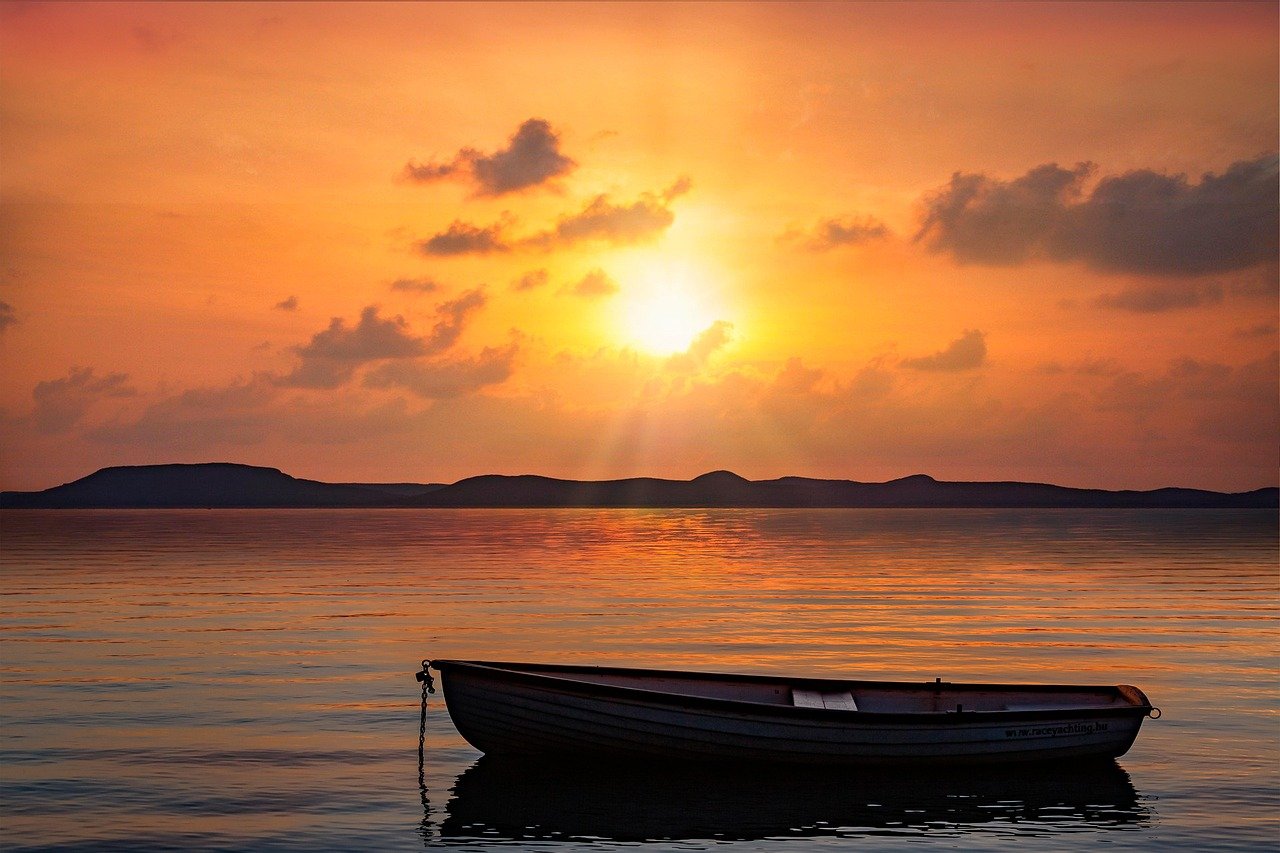Essential Guide: Expert Boat Safety & Navigational Tips
Ahoy, sea-faring enthusiasts! There’s nothing quite like the crisp breeze on your face, the roar of the waves in your ears, and that sudden realization that you’ve forgotten all the safety measures needed for boating over the summer. Boating is one heck of an exciting adventure that requires more than just the ability to shout “SHIP AHOY” in a convincing pirate accent.
First off, you’ll need to be well-versed in the international language of flares and flags, because semaphore might just save your life one day. A red flag doesn’t always mean you should start a bullfight, at sea it signals danger. Yes, Bessie, danger. On the high seas, there’s no farmhand around to save you from falling overboard and chances are, your cow can’t paddle a lifeboat. And, don’t even get me started on flares. Give a maritime agoraphobic a box of those and it’s the Fourth of July until they drift into a shipping lane.

In the same way, understanding distress signals is crucial. If you blow your horn rapidly for a minute, it’s not because you’re late for a dinner and you’re trying to hurry the waves along. Reject your road rage instincts and remember: at sea, that prolonged horn sound is a cry for help.
Life Jackets – Not Just Stylish Accessories
Most people think of life jackets as fashion obstacles. They’re bulbous, they mess up your tan lines, and the color rarely matches your bathing suit. I get it, fashionistas! But trust me, nothing says “CPR needed” quite like eschewing a life jacket because they’re “uncool” or “chafe your nipples.”
Select a playful neon-colored life jacket that screams – “hey, I’m safe and I know how to party!” Not only would it increase your visibility in water, but you’d also singlehandedly bring back the 90s, turning every boating trip into a nostalgia party. Nobody will be cringing at your neon pink PFD if they’re too busy doing the Macarena.
SOS… Save Our Snacks!
Now, we’re going to talk about something truly terrifying – no, not running aground or colliding unsafely, but running out of snacks! I know, it’s horrifying to even think about. You must pack enough food and drinks to keep your belly happy and fuel your voyage. Remember, an empty belly leads to poor decisions, such as suggesting a “swimming break” during shark week.
KNOW Your Boat
Just like you wouldn’t dream of driving a car without knowing where the windshield wipers are, don’t even consider stepping foot on a boat without knowing where access points, fire extinguishers, radio equipment, and most importantly – the bathroom – are located. You don’t want to be that person who turns the boat trip into a wild goose chase for a loo in the middle of the sea.

Frequently Asked Questions
When is it OK to start up the boat and cruise away?
Wait until everyone’s safely onboard and seated. You don’t want to be the skipper who cranks the engine while your best friend is still stringing the bikini line over the stern.
Which direction should I travel in?
The direction that is free from other boats, floating logs, icebergs and, ideally, towards where you’d like to go.
What’s the speed limit out on the water?
There’s no actual speed limit at sea, but high speeds can be dangerous and unethical. Remember, the ocean isn’t an aquatic Autobahn.
How do I avoid colliding with other boats?
Generally, avoiding collision involves not hitting the other boat. Check the “Navigation Rules” for specific situations.
Conclusion
So, you’re now equipped with knowledge that reaches further than just knowing Davy Jones isn’t just a member of The Monkees. Safety might seem like a yawn-worthy detail – but trust me, floating is all fun and games until someone loses a paddle. You don’t want your story of high-seas adventure to turn into a “Titanic” sequel. So, slap on that fluorescent life jacket, stock up those snacks, keep a keen eye on those flares and flags, and you’re ready for your Reddington-esque sea adventure!




